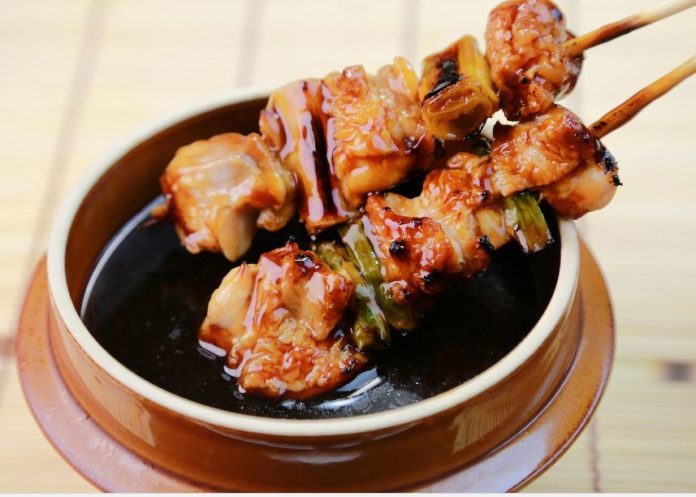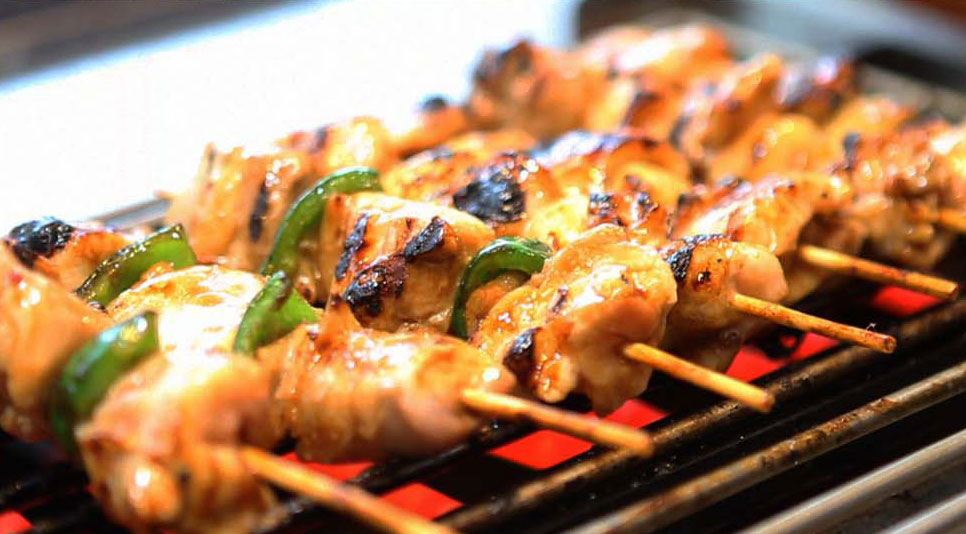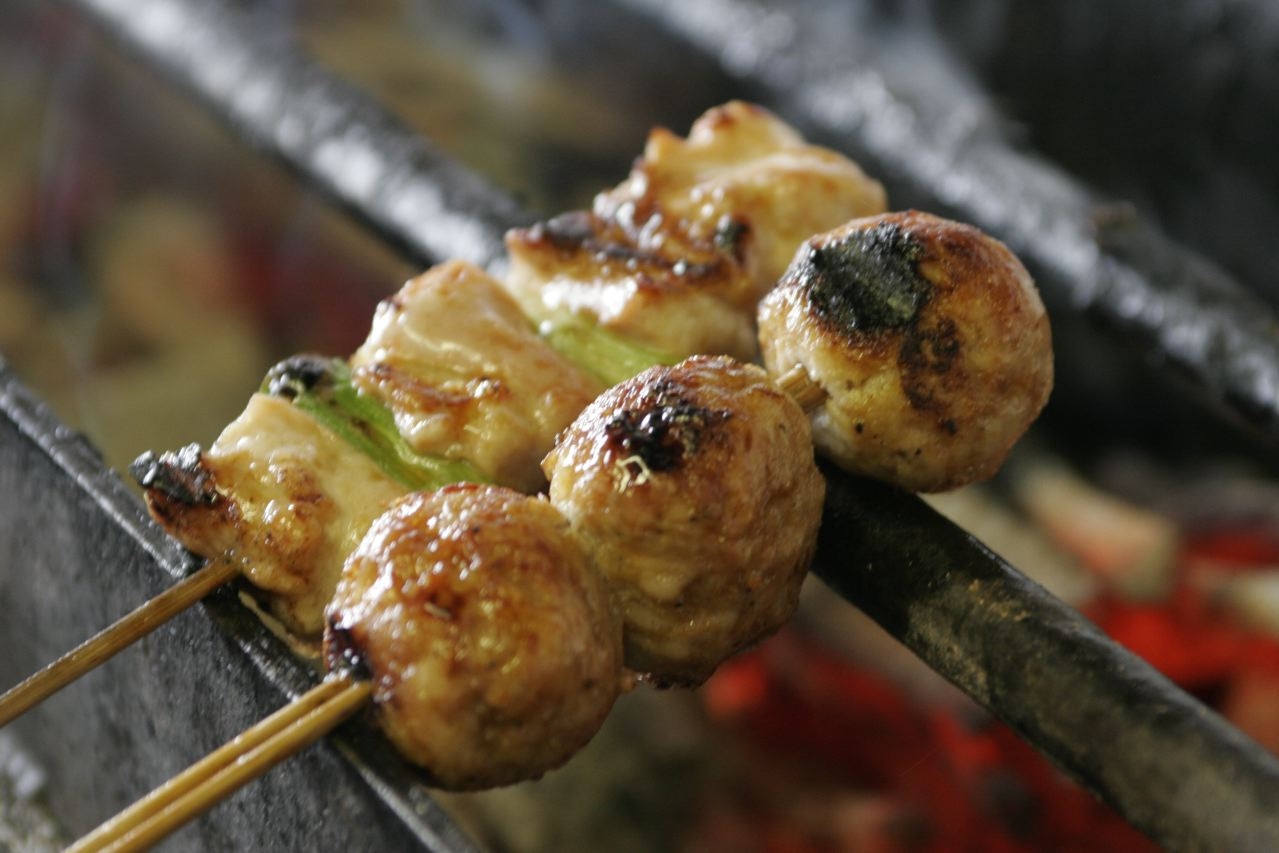Grilled chicken skewers are not a big surprise for Asians. There is one thing about Japanese yakitori (chicken yakitori) that makes it special. For you, who does not like chicken? Unless you are vegetarian, chicken is the favored meat of everyone in the world. And why not? It does not conflict with any religion (of course, it’s another story if you’re vegetarian), and above all, it’s simply delicious. Like many other Japanese foods, there are several ways to enjoy yakitori. So this is the guide for the beginners to enjoy yakitori.
- Tokyo street food blog — 17+ best street food in Tokyo & must eat food in Tokyo
- What to eat in Tokyo? — 8+ must try food, best food to eat in Tokyo
- Traveling from Tokyo to Kyoto — 4 fastest & cheapest ways on how to get to Kyoto from Tokyo
- Visiting Owl Shrine Café, Tokyo — Healing the soul by cuteness
- 13 popular Japanese snacks you should try when visit Tokyo
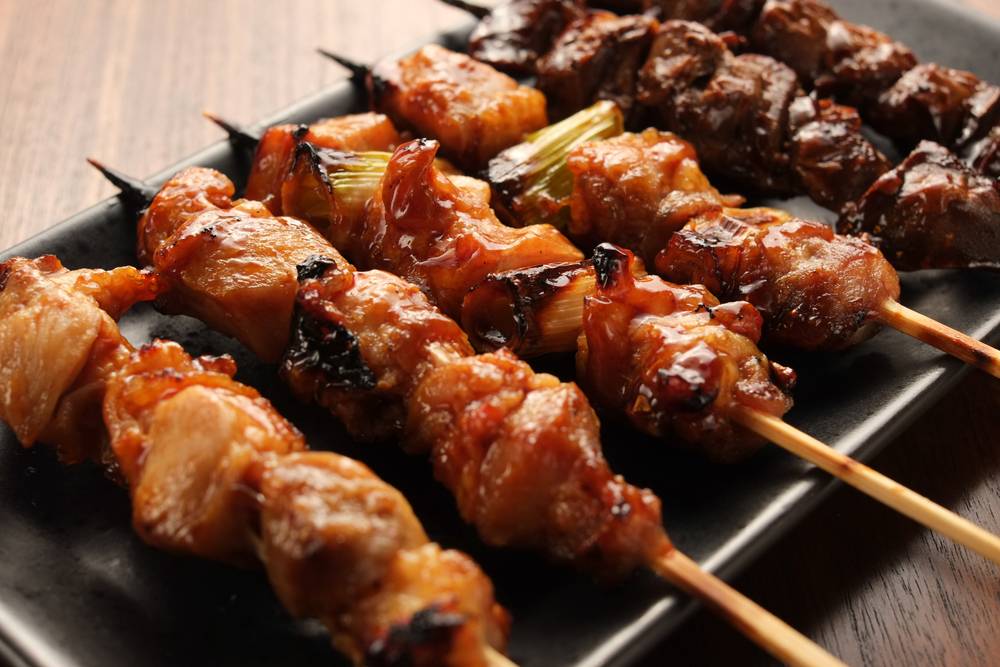
Calling more than two skewers at a time

The problem is like this. Yakitori is just a skewer, and it is not big. It will look unreasonable when the serving only brings out a yakitori skewer to your desk. Another thing is, the chef cooks dozens of yakitori oblique at the same time, each piece is processed in different ways. Of course, they like to have many skewers of the same kind of meat and the same flavor, so they do not have to memorize each skewer one by one. That is why it is considered to be a common ritual to require at least two oblique slices of the same kind of meat. This rule also applies to place sushi, so remember this when you come to Japan.
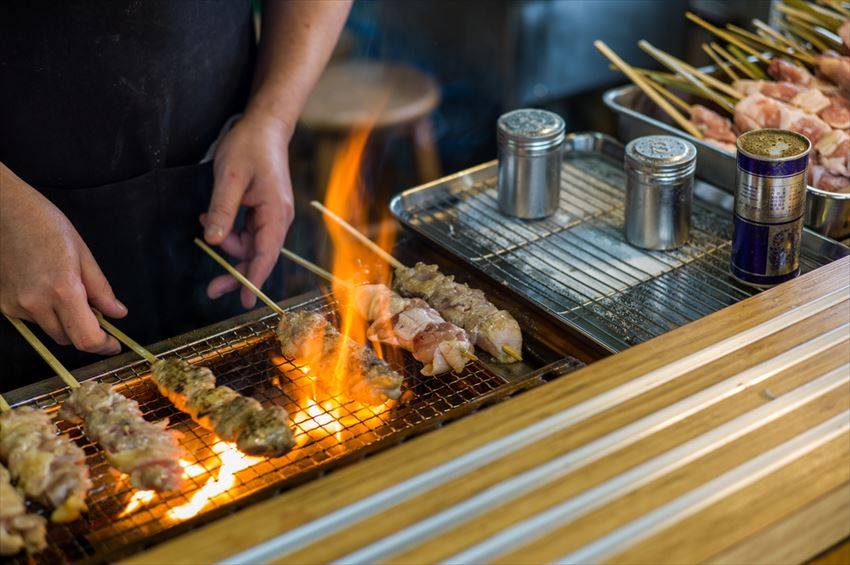
As you may have noticed, enjoying yakitori is a process that you try to find the meat you like and the sauce you eat. We hope this will help you to find the perfect yakitori!
Yakitori types: Different pieces
The great thing about yakitori is that you can enjoy different parts of the chicken which you will not be able to enjoy at other dishes. Here are some of them:

Momo (thigh meat) – This piece of meat is delicious, sweet and soft. Perhaps it is the most popular meat in yakitori. Momo has some delicious variations like “Negima” which is thigh with flower onion. Although it can be enjoyed either with salt or soy sauce. We recommend choosing soy sauce for this dish.
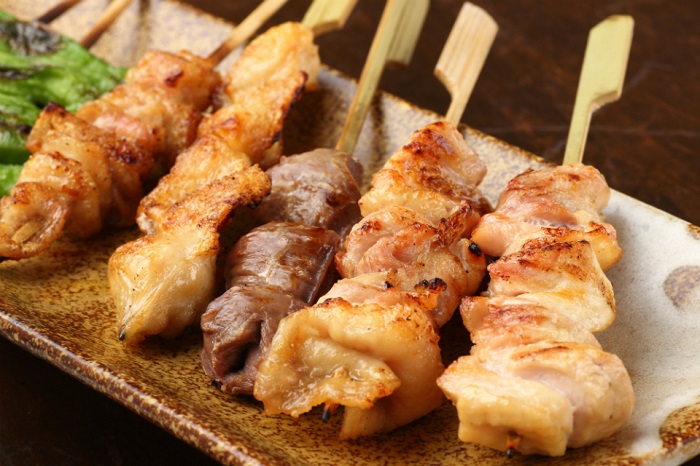

Mune (breast meat) – Another classic meat, breast meat has become popular for several years as a fat-free diet. Because its taste is very subtle, we suggest you call “shio”.

Tsukune (chicken meatball) – Tsukune is chicken meatballs or chicken burgers are often accompanied by Japanese herbs. It is very popular with all ages, especially children. Recently, many restaurants have added chicken feets to add a bit of crunchiness in them, or the kids ate with egg yolks to dip them in “Tare”.

Nankotsu (tendon) – Now that is the pretty special part. The chicken tendon is quite common in Japan, although it is not the meat as literal meaning, its crunchiness and the subtle flavor of fat make it a perfect hit. Due to its subtlety, you should use it with “shio”.

Leba (liver) – Chicken liver is also a popular yakitori. In recent years, many yakitori restaurants have served fatty liver, or “shiro leba” (white liver) which is similar to the taste of beef, cream and full of flavor. You can use both, but we recommend that you add “tare” for normal liver, and “shio” for fatty liver.

Hatsu (heart) – The taste is similar to liver, but with a tough material, the chicken heart is quite popular in the previous generation. Again you can eat the same “shio” or “tare”, but if you are a true fan of the taste, I want you to eat the same “shio”.

Bonjiri – Although not all restaurants offer this, bonjiri is very fat and has the flavor that you want to try if you have the chance. You can really taste fatty broken when you bite into it. You can eat with both, but eating it with “shio” will really bring you the taste of chicken juice.
Yakitori sauce: Shio or Tare? (Salt or soy sauce)
The first thing you need to remember about yakitori is that you have the choice between salt and soy sauce. The general point is, if you want to taste the differences in meat, you should add salt, or “shio” in Japanese. Especially when you go to the V.I.P yakitori restaurant, they are proud of their chicken and serve you the best chicken. In addition, yakitori restaurants serve many other parts of chickens, each with a special flavor, so if you want to enjoy these differences, order a shio.

On the other hand, if you want to check the qualifications of the chefs, you choose soy sauce, or “tare”. The Yakitori restaurant prepares their original soy sauce with the original recipe. Not only that, soy sauce is the “history” of the restaurant as it absorbs the taste of the chicken when it is dipped in. Therefore, it is said that “the old restaurant is proud of the history of soy sauce,” and each of the restaurant’s soy sauce has a different story in it.
In the end, it’s up to the customer whether they want “shio” or “tare” or you can even ask the restaurant staff for recommend. However, here is a golden rule that can help you. For fatty foods like thighs, you can use “tare”, and with breast meat, you can use “shio”. This is because soy sauce can subside the subtle aroma of lean meat, but will perfectly blend in with the fatter meat.
If you traveling to Tokyo, here are some hints for you with the best yakitori restaurants in Tokyo:
Abechan Restaurant: 2-1-1 Azabu Juban Minato-ku Tokyo. Price: 1000¥ – 3000¥. Phone:03-3451-5825. Opening Hours: Mon-Fri 3:00 p.m. – 10:30 p.m/ Sat & Holiday 3:00 p.m. – 9:00 p.m. Closed on Sundays. Website: http://www.azabujuban.or.jp/shop/gourmet/117/
Hachiman: 3-1-1 NishiWaseda Shinjuku-ku Tokyo. Price: 3000 ¥ – 5000¥. Phone:03-3203-2880. Opening Hours: Mon-Fri 5:30 p.m. – 0:00 a.m/Sat 5:30 p.m. – 11:30 p.m/Holiday 5:30 p.m. – 11:00 p.m.Closed on Sundays and Holidays on Mondays.Website: http://www.yakitori-hachiman.com/.
Morimoto: 2-7-4 Dogenzaka Shibuya-ku Tokyo. Price: 3000¥n- 5000¥ .Phone: 03-3203-2880. Opening Hours: Mon-Fri 5:00 p.m. – 11:00 p.m/ Sat 4:30 p.m. – 11:00 p.m. Closed on Sundays and Holidays. Website:
http://www.shibuyadogenzaka.com/morimoto/main.html (Japanese only)
Read more Tokyo travel guide at here and Japan.































![10 best airports in Asia in 2016 [RANKED] kuala-lumpur-international-airport-best airports in asia in 2016 by skytrax ratings](https://livingnomads.com/wp-content/uploads/2016/08/29/kuala-lumpur-international-airport-best-airports-in-asia-in-2016-by-skytrax-ratings-218x150.jpg)








